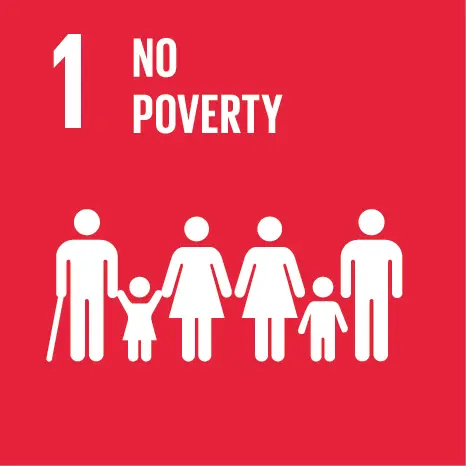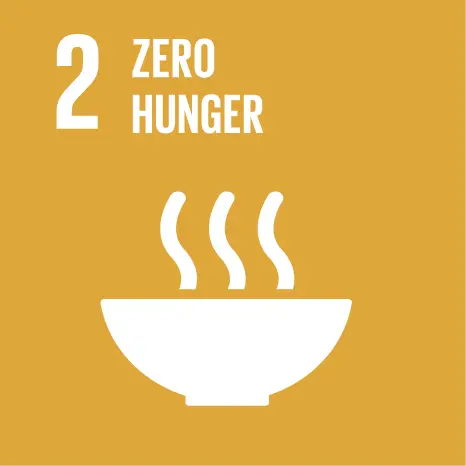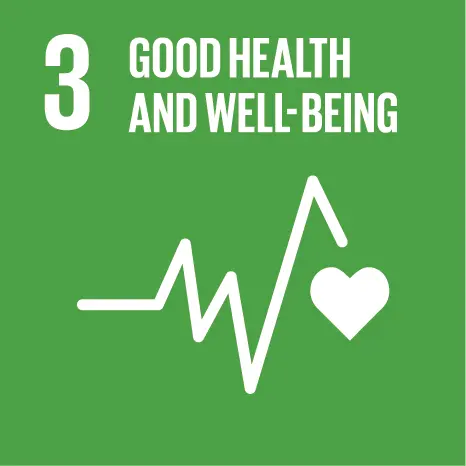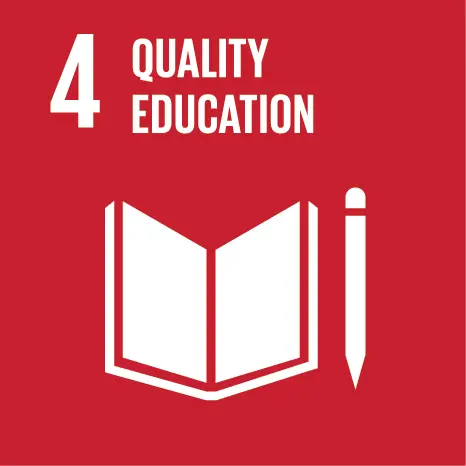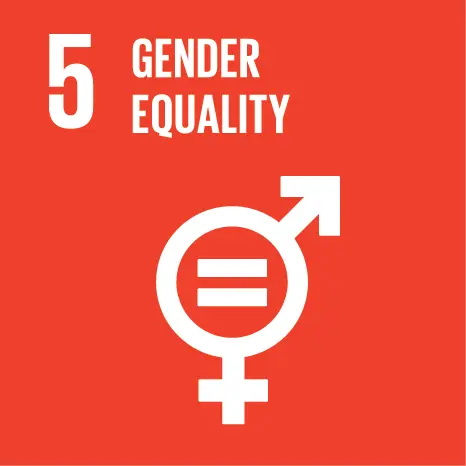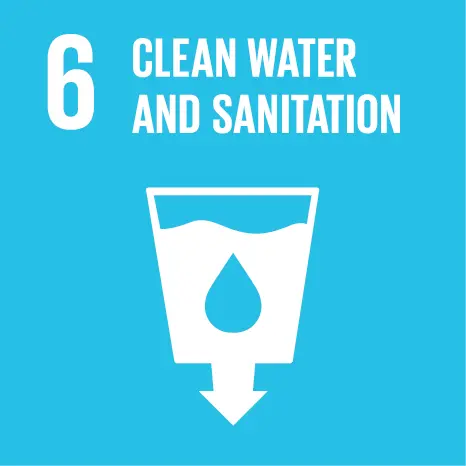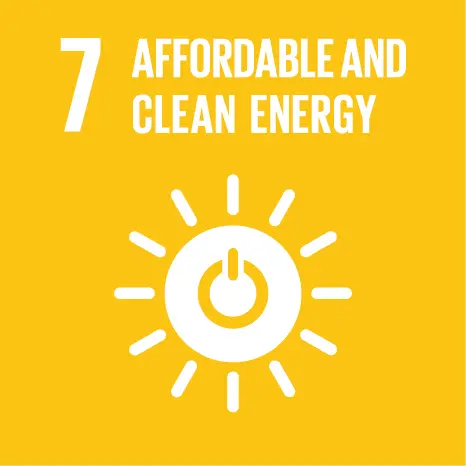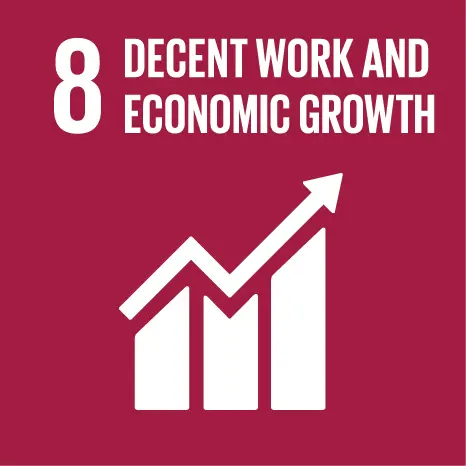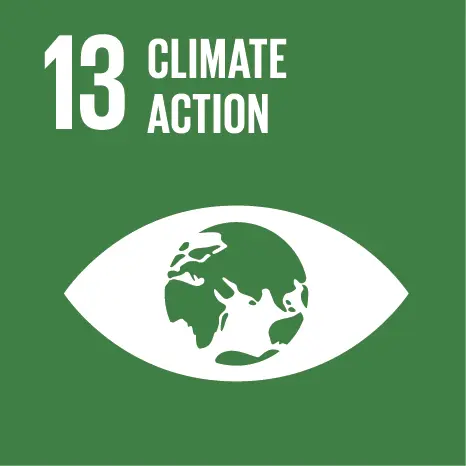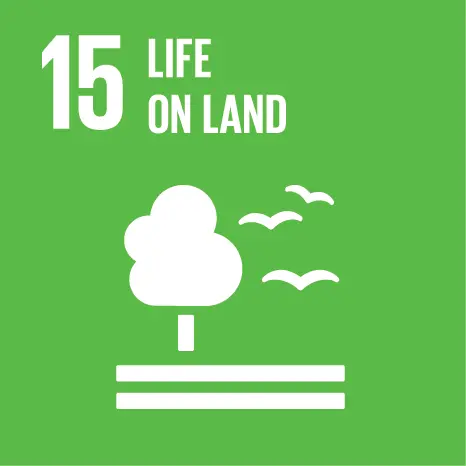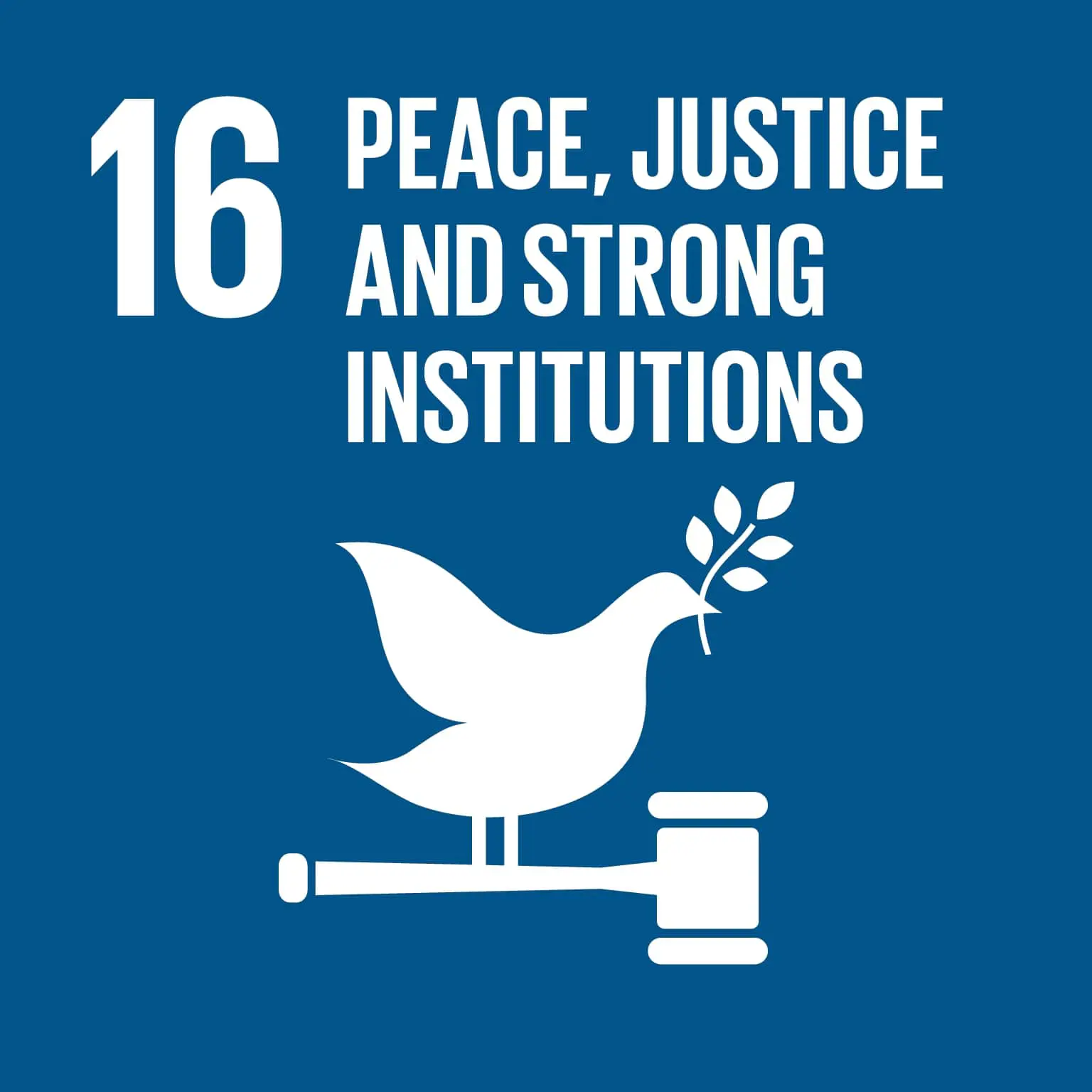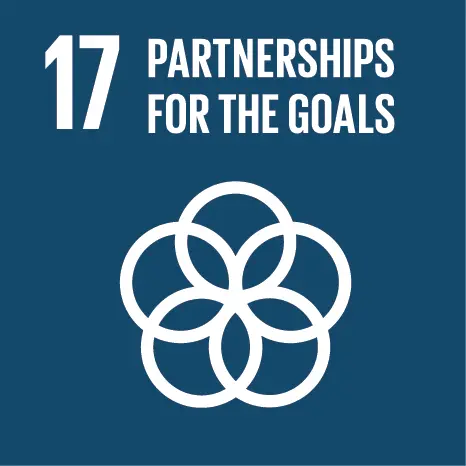Canary Marketing
We are taking
climate action
Since March 26, 2024, we have purchased
5,749
tonnes of carbon credits
including 2,973 tonnes with CNaught
Spread the Word
That’s the same climate impact as:

95,029
new trees planted

1,280
cars off the road for a year

725
homes’ annual energy usage

15,194
flights from LA to New York
* calculations based on U.S. EPA and ICAO formulas
Our CNaught purchases
59.9%
Technology-based Reductions
Approach
We partner with CNaught to purchase a diversified portfolio of high-quality carbon credits that is designed to maximize impact, mitigate risk, and foster innovation. A portfolio approach to carbon credits is recommended by the World Economic Forum, and the CNaught portfolio embodies the science-based best practices laid out in Oxford’s Principles for Carbon Offsetting.
Select a category to learn more about it
Technology-based Reductions
This category covers a wide range of projects that aim to reduce and avoid emissions versus business as usual. Examples include: natural gas leak repairs, destruction of refrigerants that would otherwise be vented to the atmosphere, and capture of methane emitted from landfills.
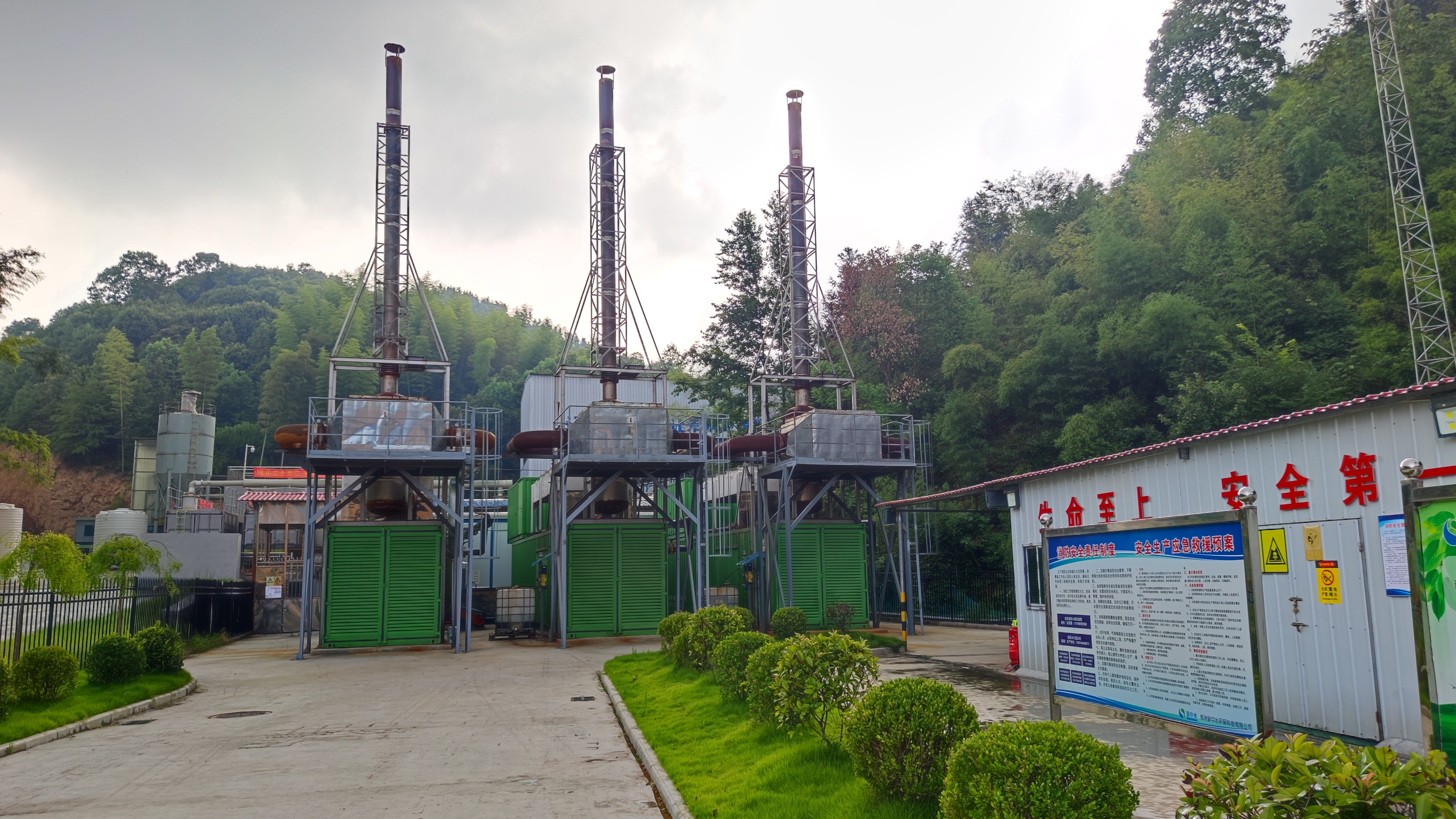
Liling Landfill Gas Project
This project collects landfill gas to generate 3.2MW of electricity at a landfill in Hunan Province, China, avoiding the emission of methane (a potent greenhouse gas) into the atmosphere and using the methane to generate power and displace dirtier coal-fired power in the electric grid.
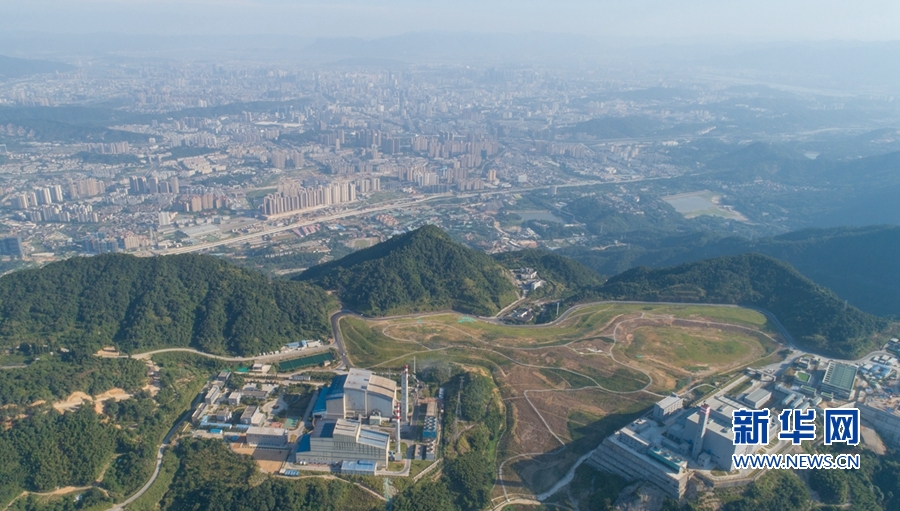
Fuzhou Hongmiaoling Landfill Gas to Electricity
This project collects landfill gas to generate 2.5MW of electricity at a landfill in southeastern China, avoiding the emission of methane (a potent greenhouse gas) into the atmosphere and using the methane to generate power and displace dirtier coal-fired power in the electric grid.
Nature-based Reductions
This category typically consists of nature-based projects that help retain an existing source of natural carbon storage that would otherwise be at risk — for example, rainforests that would be cut down for development or peat bogs that might be drained for agriculture.
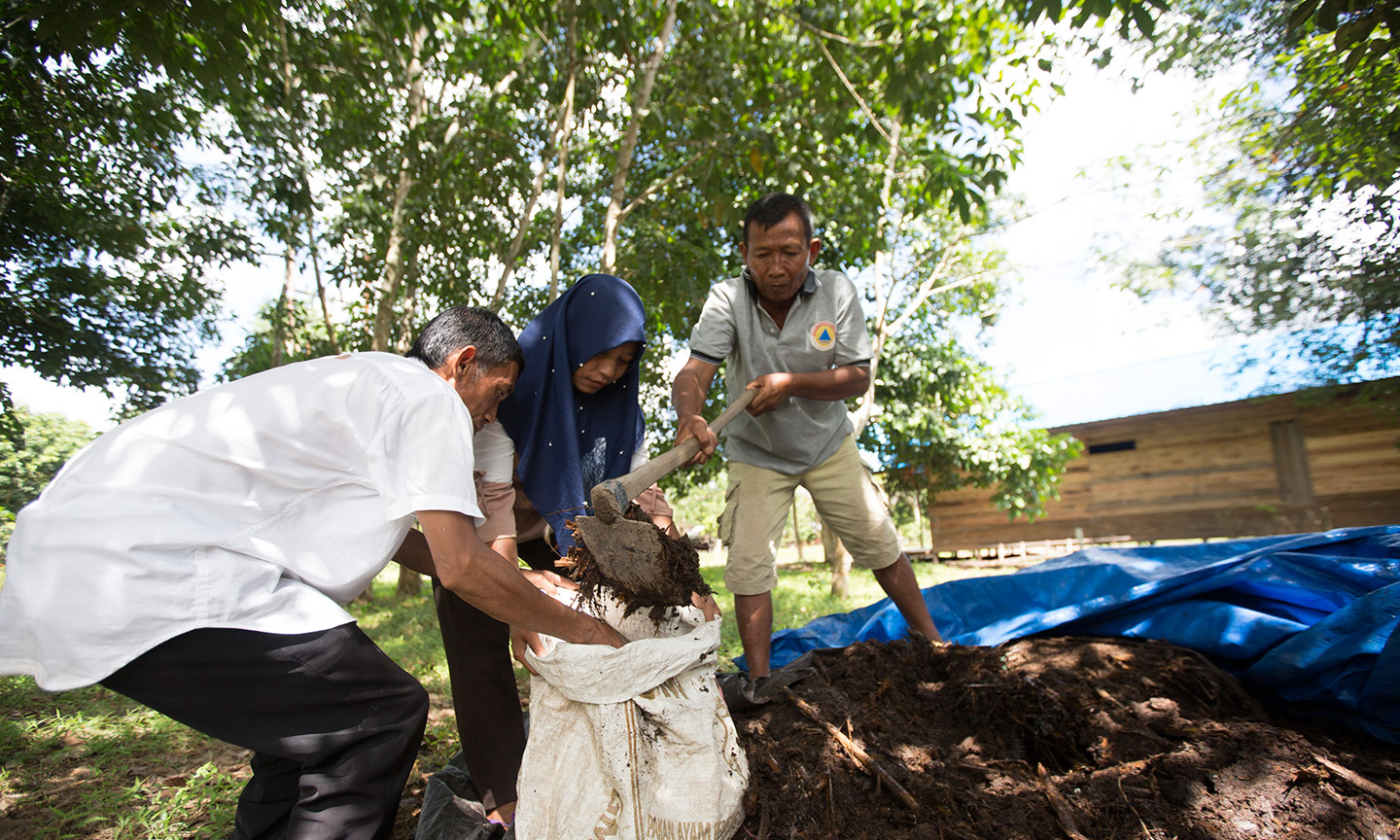
Katingan Mentaya Conservation
One of the highest-regarded avoided deforestation projects in the world, this project protects and restores 149,800 hectares of peatland ecosystems in Indonesia that would likely otherwise have been converted to palm and other plantations.
Nature-based Removals
This category typically consists of nature-based projects that remove existing carbon and store it in new plants, trees, or soil — for example, planting trees in an area that has previously been clear cut or restoring plant life to tidal wetlands.

X-Hazil
An Improved Forest Management project that combines regeneration practices, reforestation efforts, and silvicultural treatments to enhance forest sustainability and ecosystem integrity, all monitored under FSC guidelines.
Technology-based Removals
This is a highly diverse category of projects that includes cutting-edge engineered solutions that hold significant promise but are not yet available at scale. Examples include direct air capture technology and storage of carbon through enhanced rock weathering.
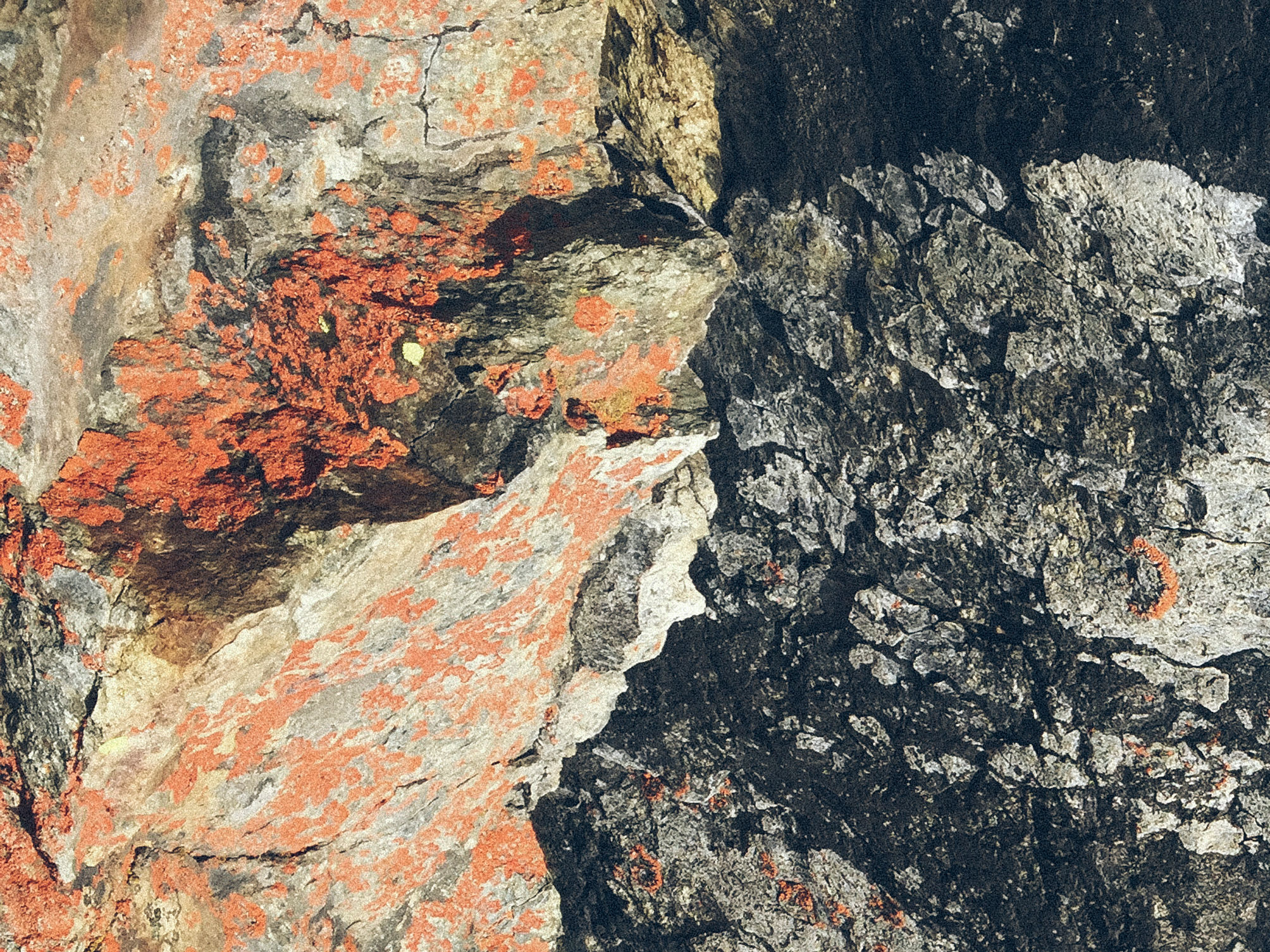
Frontier Carbon Removal Portfolio
Frontier is an advance market commitment to buy $1B+ of permanent carbon removal between 2022 and 2030. It aims to accelerate the development of carbon removal technologies by guaranteeing future demand for them. The goal is to send a strong demand signal to researchers, entrepreneurs, and investors that there is a growing market for these technologies.
Our non-CNaught purchases
| Project Name | Vintages | Amount |
|---|---|---|
| REDD+ Project for Caribbean Guatemala: The Conservation Coast, VCS 1622 | 2017 | 1,112 tonnes |
| Up Energy Improved Cookstoves Programme, Uganda – CPA No 020, GS 10918 | 2021 | 832 tonnes |
| Longyuan Mulilo De Aar 2 North Wind Energy Facility, VCS 1950 | 2021 | 832 tonnes |
